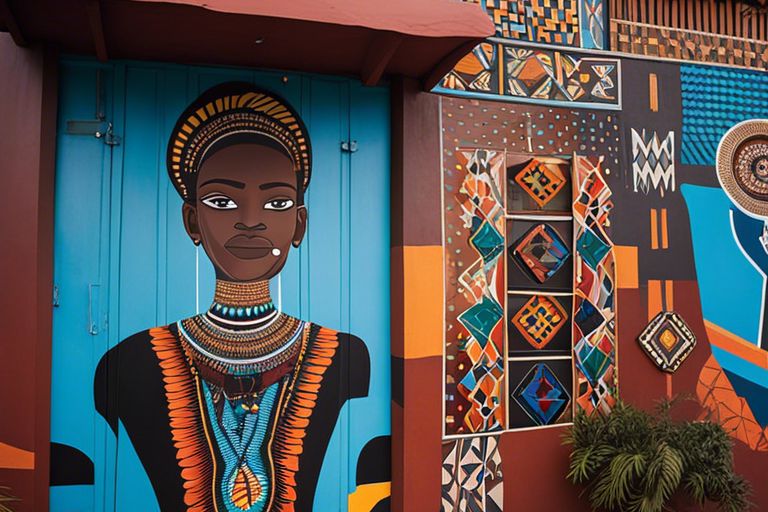Tanzania’s Hidden Art Scene – From Street Art to Traditional Crafts
Tanzania’s Hidden Art Scene – From Street Art to Traditional Crafts
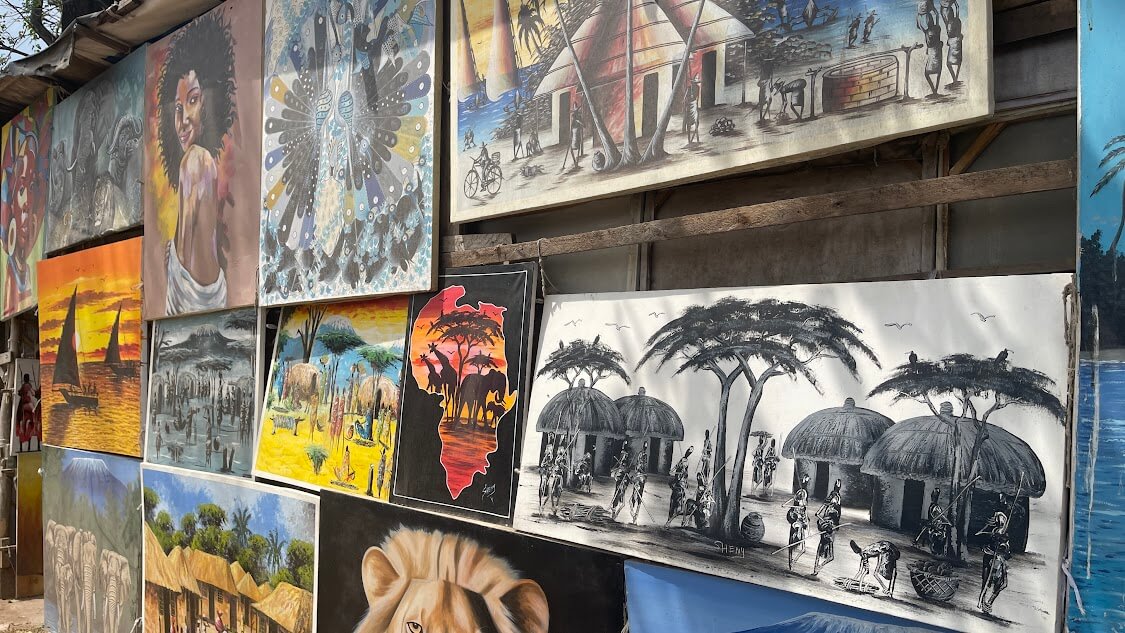
Embark on a journey to discover Tanzania’s vibrant and diverse art scene, from the colorful street art adorning city walls to the intricate traditional crafts handcrafted by local artisans. In this article, you will uncover the hidden gems of Tanzania’s art world, gaining a deeper insight into the rich cultural tapestry that defines this East African nation. So pack your curiosity and open your eyes to the artistic wonders waiting to be explored in Tanzania.
Uncovering Tanzania’s Street Art
The vibrant and diverse art scene in Tanzania extends beyond traditional crafts to colorful and expressive street art. Discovering the street art in Tanzania provides a unique glimpse into the country’s culture and creativity. From bustling city streets to serene coastal towns, Tanzanian street art captures the voices and stories of its people.
Graffiti in Dar es Salaam
On your journey through Dar es Salaam, the largest city in Tanzania, you’ll encounter a myriad of graffiti pieces that adorn buildings, walls, and alleyways. These striking artworks often convey powerful messages about social issues, politics, and everyday life in Tanzania. The graffiti scene in Dar es Salaam reflects the city’s dynamic energy and serves as a platform for artists to express their thoughts and perspectives.
The Rise of Urban Art in Zanzibar
Tanzania’s Zanzibar archipelago is not only famous for its pristine beaches and historical charm but also for its burgeoning urban art scene. In recent years, Zanzibar has witnessed a rise in street art that blends traditional Swahili motifs with modern techniques and styles. You’ll find stunning murals and graffiti pieces scattered throughout the narrow alleyways of Stone Town, each telling a story of the island’s rich cultural heritage and contemporary struggles.
Rise of local and international artists have contributed to the transformation of Zanzibar’s urban landscape into a vibrant outdoor gallery, attracting art enthusiasts and cultural explorers from around the world. The fusion of tradition and innovation in Zanzibar’s urban art scene creates a captivating visual narrative that speaks to the island’s past, present, and future.
Traditional Crafts: A Window to the Past
If you are looking to investigate into Tanzania’s rich cultural heritage, exploring the traditional crafts of the country is a must. These crafts not only showcase the artistic prowess of Tanzanian artisans but also offer a glimpse into the nation’s history and traditions.
Woodcarvings: A Symbol of Tanzanian Heritage
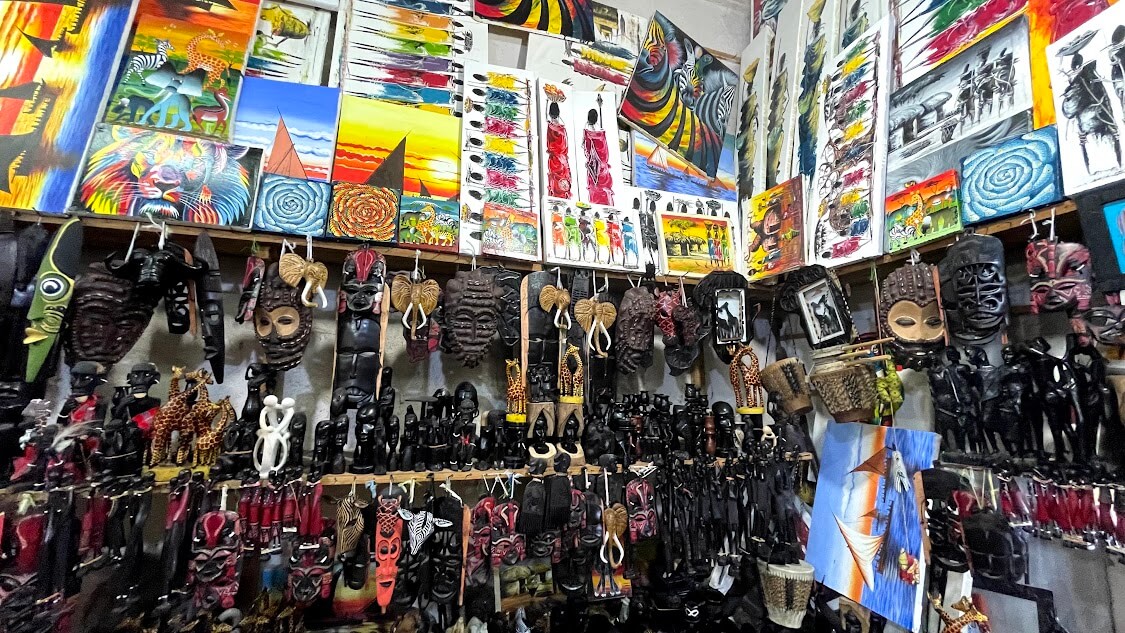
Traditional woodcarvings in Tanzania have long been revered as a symbol of the country’s heritage. The intricate designs and motifs carved into wood tell stories of the local culture, beliefs, and way of life. From sculptures depicting tribal rituals to masks symbolizing ancestral spirits, each piece of woodcarving is a testament to the artistry and craftsmanship of Tanzanian artisans.
Batik and Tie-Dye: Ancient Techniques Revived
TieDye
A true representation of the merging of history and artistry, batik and tie-dye are ancient textile techniques that have been revived and modernized by Tanzanian artisans. These methods involve using wax and dyes to create intricate patterns on fabrics, resulting in vibrant and unique designs. The revival of these ancient techniques not only preserves Tanzania’s cultural heritage but also provides a livelihood for local artisans who continue to practice these age-old crafts.
The Influence of African Culture on Tanzanian Art
Now, let’s explore how African culture deeply influences the art scene in Tanzania. The country’s rich heritage is reflected in various art forms, showcasing a blend of tradition and modernity.
Tribal Patterns and Motifs
Patterns and motifs found in Tanzanian art often draw inspiration from tribal cultures. Each tribe has its unique designs, colors, and symbols that are woven into the fabric of their artwork. These intricate patterns not only add aesthetic value but also hold significant cultural meanings, telling stories of the tribe’s history, beliefs, and way of life.
The Role of Ancestral Spirits in Artistic Expression
Role
African art frequently incorporates the belief in ancestral spirits, serving as a bridge between the past and present. Artists in Tanzania often seek inspiration and guidance from these spirits, infusing their creations with a sense of spiritual connection and continuity with their ancestors. This belief adds a deeper layer of meaning to Tanzanian art, emphasizing the importance of heritage and tradition in artistic expression.
Contemporary Tanzanian Artists Making Waves
After exploring the vibrant art scene in Zanzibar’s art galleries, street art, and local artisans through Zanzibar’s Art Scene: Galleries, Street Art, and Local Artisans, you’ll discover a diverse range of contemporary Tanzanian artists who are making waves in the art world. From visionary works to abstract expressionism, these artists are redefining Tanzanian art and drawing international attention.
The Visionary Works of George Lilanga
Contemporary Tanzanian art is enriched by the visionary works of George Lilanga, a renowned artist whose colorful and imaginative creations have captivated audiences worldwide. Lilanga’s art blends traditional Tanzanian motifs with a modern and playful approach, creating a unique visual language that is instantly recognizable.
The Abstract Expressionism of Robino Ntila
On the other hand, Robino Ntila’s abstract expressionist works offer a different perspective on Tanzanian art. His bold use of colors and dynamic brushstrokes evoke powerful emotions and encourage viewers to contemplate the complexities of the human experience. Ntila’s art challenges conventional boundaries and invites us to explore the depths of our own consciousness through his mesmerizing compositions.
Abstract expressionism, as showcased by Ntila, reflects the artist’s inner thoughts and emotions, inviting you to interpret and connect with the artwork on a personal level. Ntila’s works are a testament to the universal language of art and the impact it can have on our perception of the world around us.
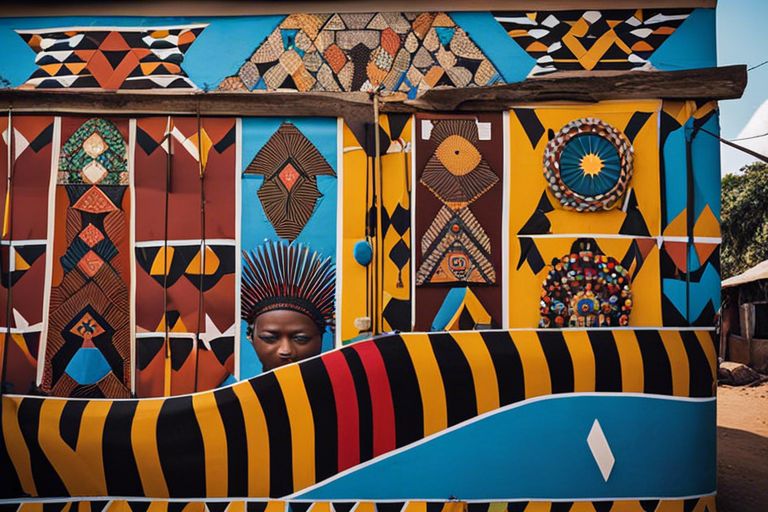
The Role of Art in Tanzanian Society
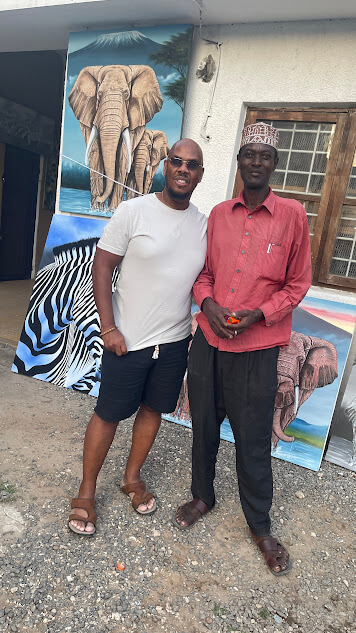
Art as a Form of Social Commentary
Keep in mind that in Tanzanian society, art serves as a powerful tool for social commentary. Artists often use their work to address pressing issues such as politics, social norms, and environmental concerns. Through their artistic expressions, they provoke thought, spark conversations, and challenge the status quo. Street art, in particular, has emerged as a platform for artists to voice their opinions and shed light on various societal issues.
The Power of Art in Preserving Cultural Heritage
Commentary in art plays a crucial role in preserving Tanzania’s rich cultural heritage. Traditional crafts, such as beading, weaving, and carving, are not just forms of artistic expression but also serve as a link to the country’s history and traditions. By creating and showcasing these traditional art forms, Tanzanian artists contribute to the preservation of their cultural identity and pass down valuable knowledge to future generations.
Preserving Tanzania’s cultural heritage through art is vital in ensuring that the country’s traditions and stories are not lost over time. Through various art forms, including dance, music, and visual arts, Tanzanian artists actively work to keep their heritage alive and vibrant. By engaging with these artistic expressions, you can gain a deeper understanding of the rich tapestry of Tanzania’s cultural landscape.
Hidden Gems: Unconventional Art Forms in Tanzania
The Art of Wood Sculpture
To uncover Tanzania’s hidden art scene, you must investigate into the exquisite world of wood sculpture. The intricate designs and craftsmanship displayed in the wooden sculptures tell stories of Tanzanian culture and traditions. From figurative pieces depicting daily life to symbolic sculptures representing spiritual beliefs, each creation encapsulates the rich history and heritage of the country. As you wander through local markets or visit artisan workshops, you will be mesmerized by the skill and artistry of Tanzanian wood sculptors.
The Ancient Craft of Beadwork
To truly appreciate the artistry of Tanzania, you must explore the ancient craft of beadwork. Passed down through generations, beadwork holds a special place in Tanzanian culture. Vibrant colors and intricate patterns come together to create stunning jewelry, accessories, and decorative pieces. The careful precision and attention to detail required in beadwork highlight the dedication and talent of Tanzanian artisans.
Gems
These unconventional art forms, such as wood sculpture and beadwork, offer a unique glimpse into Tanzania’s artistic traditions. By exploring these hidden gems, you will gain a deeper understanding of the country’s cultural heritage and the creativity that thrives within its artistic community.
Conclusion
Taking this into account, Tanzania’s hidden art scene is a rich tapestry of creativity that deserves to be explored and appreciated. From the vibrant street art in Dar es Salaam to the intricate traditional crafts of the Maasai people, there is something for everyone to discover and enjoy. By immersing yourself in the local art scene, you not only support the talented artists and artisans of Tanzania but also gain a deeper understanding of the country’s rich culture and heritage.
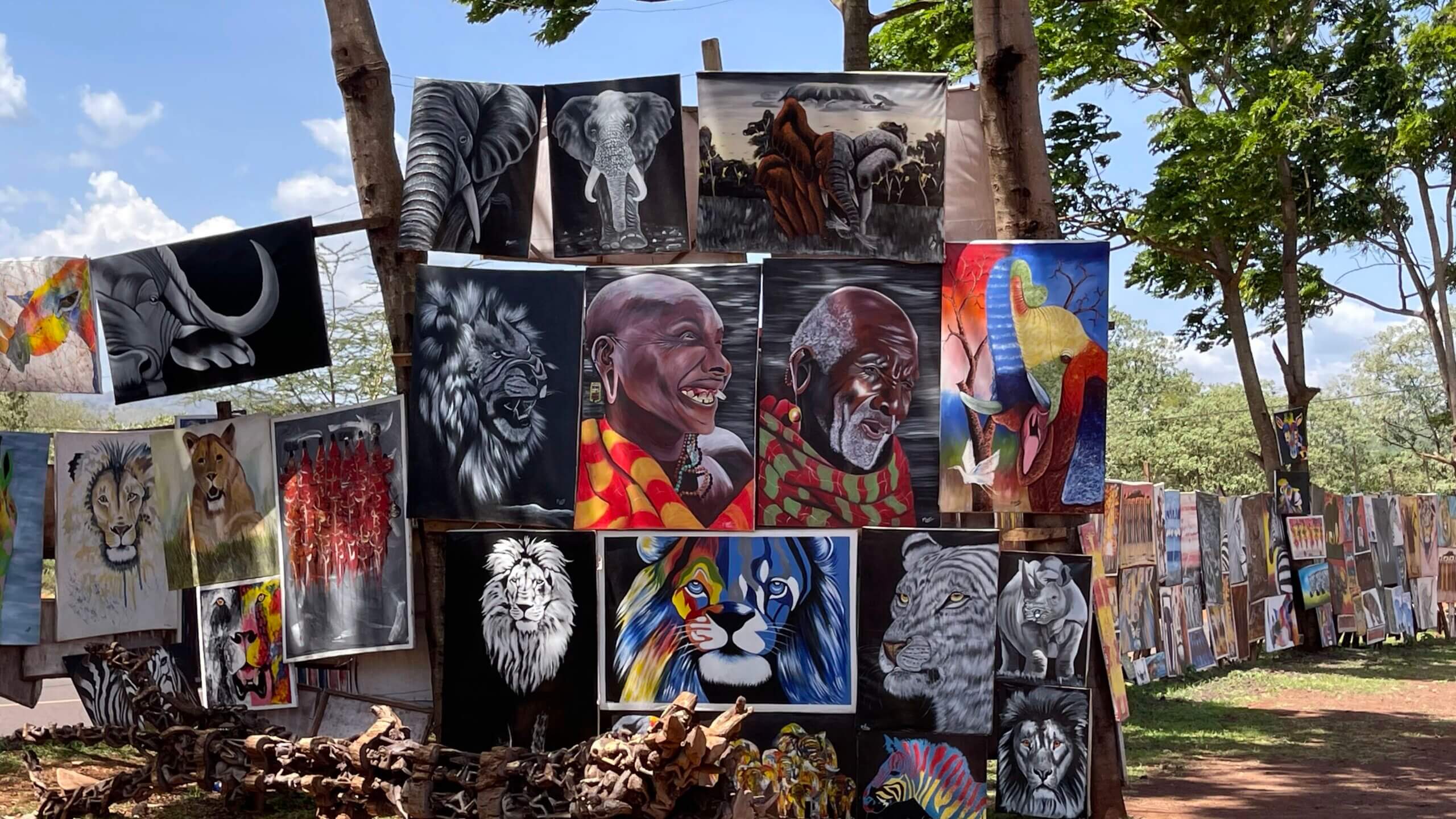
So next time you find yourself in Tanzania, be sure to take the time to seek out the hidden gems of the art world. Whether you’re wandering the streets of the city or visiting a local market, you never know what masterpiece or unique handcrafted item you may stumble upon. Embrace the beauty and creativity that surrounds you, and let Tanzania’s art scene inspire and enchant you.

